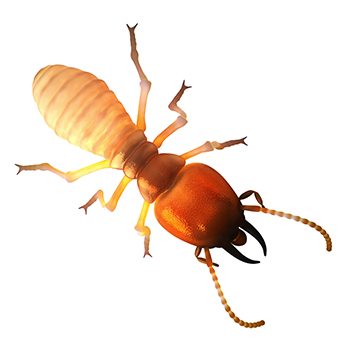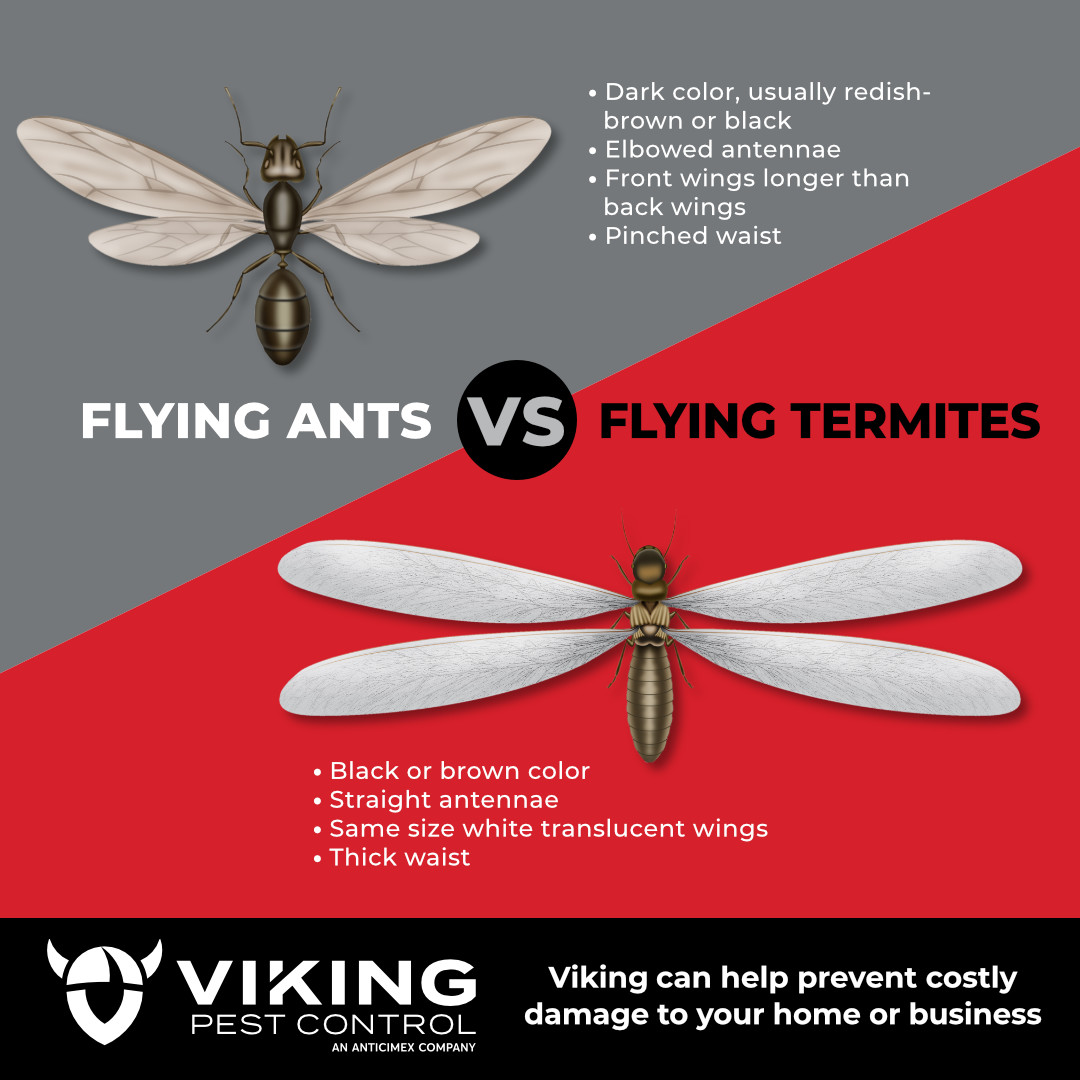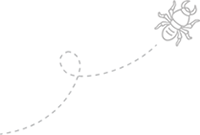Subterranean Termites

No one ever wants to discover that their New Jersey, Pennsylvania, Maryland, or Delaware home has termites. It’s a homeowner’s nightmare! Termites are a reality, though, and an informed homeowner is far better off than one who ignores the problem.
To protect your home or business from subterranean termites, you need to learn about the behavior of this pest, take steps for prevention, and find effective treatment options should an infestation occur.
What Are Subterranean Termites?
The various species of subterranean termites do more damage than any other termite types. Subterranean termites build elaborate tunnels or “mud tubes” that allow them to find food and avoid daylight.
With their saw-like jaws, these voracious insects eat wood fragments one-by-one, until they’ve done severe damage to a building, even to the point of that structure’s collapse.
Building and Growing the Colony
Because subterranean termites live underground and daylight threatens them, you might not see many of them. But they are there. The colony includes reproductive termites, workers, and soldiers.
Reproductive termites include the queen, king, and some other inferiors (alates) with reproductive capabilities. Reproductive termites are essential for the colony to flourish, and the alates are prolific reproducers.
The king and queen mate, and then, the queen lays several eggs. When those hatch, soldier and worker termites emerge. Worker termites do the work of building tunnels and finding food, and the soldier termites defend the colony.

Identifying Subterranean Termites
The queen is the largest termite, with wings nearly twice as long as her body. The king is much smaller. Swarmers have long, dark brown bodies and translucent, light brown wings. Their bodies typically measure about ¼ to ½ inch.
Workers and soldiers have cream-colored bodies, are wingless, and are only up to ¼ inch long. Their tiny but powerful jaws help them chew wood and move obstructive materials.
Soldiers have a distinctive appearance, with large jaws, rectangular heads, and wide, flat bodies. Although their bodies are creamy white, their heads are dark brown.
Given this description of the different members of a termite colony, we need to tell you that you are less likely to see the insects themselves than the evidence of their presence.
Signs of a Potential Termite Infestation
Subterranean termite infestations can happen inside or outside the home. Clear signs of an infestation include:
- Mud tunnels outside the home (see below).
- Softwood in the home that sounds hollow when tapped
- Darkening or blistering of wood structures
- Uneven or bubbling paint
- Small piles of feces resembling sawdust near the nest.
- Discarded wings near doors or on windowsills.
Termite Swarmers
Swarmers’ reproductive capabilities enable them to become queens and kings of future termite colonies. They have wings, and thus their ability to swarm as part of the termite mating process.
While it’s true that swarmers can be quite a nuisance, especially if they’re inside, they are not the termites that eat the wood in your home. Those are the worker termites.
A termite swarm is evidence of an infestation in your home. However, efforts to exterminate the swarmers themselves won’t take care of your termite problem.
If you see swarmers around your home, there is a nest or colony nearby—which means you need to call professional termite exterminators, like Viking Pest right away, before the damage to your home worsens.
Carpenter Ant Swarmers vs. Termite Swarmers
Many species of ants also produce winged adults and can look very similar to winged termites. This is the case with carpenter ants, a species that also has winged swarmers and similar mating rituals.
Termite swarmers have:
- Straight antennae
- Two pairs of equal-length wings
- A head and what appears to be a long, straight body
Carpenter ant swarmers have:
- Bent antennae
- Two longer wings in the front and two shorter ones in the back
- Three distinct rounded body parts
Another difference between carpenter ants and termites is that carpenter ants don’t eat the wood; they hollow it out for their nests. Of course, this can result in structural damage; however, you will notice wood piles around carpenter ant nests since the wood is not eaten.
Mud Tunnels
Mud tunnels (or tubes) are extensive underground tunnel networks made primarily of wood (cellulose) and soil. Termites dehydrate quickly, so they construct these passageways to keep their fragile bodies from losing moisture by traveling above ground.
These tunnels can be straight or winding and are about the thickness of a drinking straw. Along with being a means of transit for termites, they protect them from predators like ants or reptiles.
If your home has termites, you might find mud tunnels around the framing, near pipes, in the crawlspace or attic, or around other access points. When termites can’t gain access by eating through a material like concrete or metal, they dig tunnels around it.
If you see a mud tube and don’t know if it’s from an old termite infestation or not, remove a small section, leaving the two ends of the tube undisturbed. If the breach seals back up in a few days, termites are currently active around your property.
When Do Termites Appear?
Subterranean termites begin their swarming ritual, whereby they start new colonies, when the weather gets warm, typically once the spring rains start. The weather has to be warm and moist for a swarm. This activity tends to begin in late March and early April throughout NJ, PA, DE and MD.
Another factor in swarming is the maturity of a colony. As a colony matures, it begins to produce alate nymphs that will develop into swarmers. Subterranean termite colonies usually do not produce a swarm for at least three years.
Swarmers fly from the colony then pair up with a mate as they search for a suitable location to start a new colony. Once their wings drop off, a pair will mate.

Protecting Your Home or Business from Termites with Viking Pest Control
Viking Pest offers expert treatment designed to effectively and efficiently control and prevent subterranean termites from invading your home in New Jersey, Pennsylvania, Maryland, and Delaware. Our use of Integrated Pest Management (IPM) techniques focuses on finding the core of the pest concern and controlling termites from the source. Through IPM, pest control materials are selected and applied in a manner that minimizes risks to human health, pets, and the environment. Call Viking today for your FREE and NO OBLIGATION estimate at 1-800-618-2847 or schedule online today!














